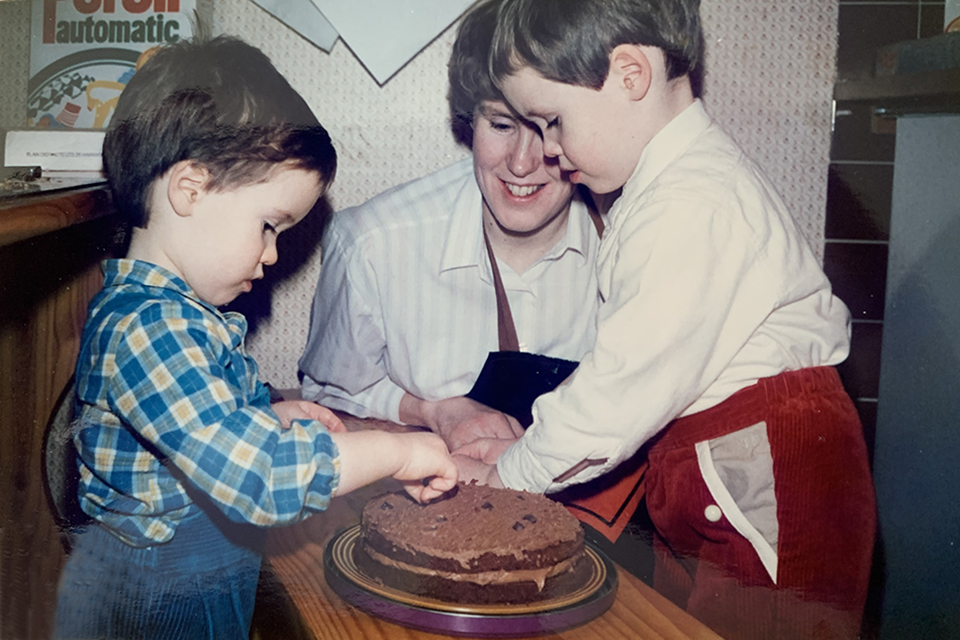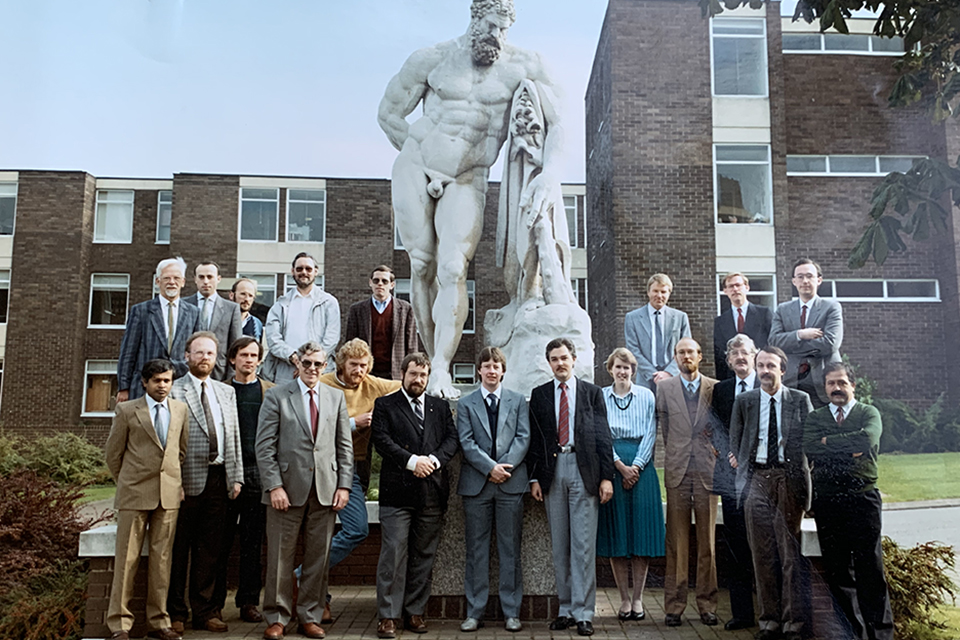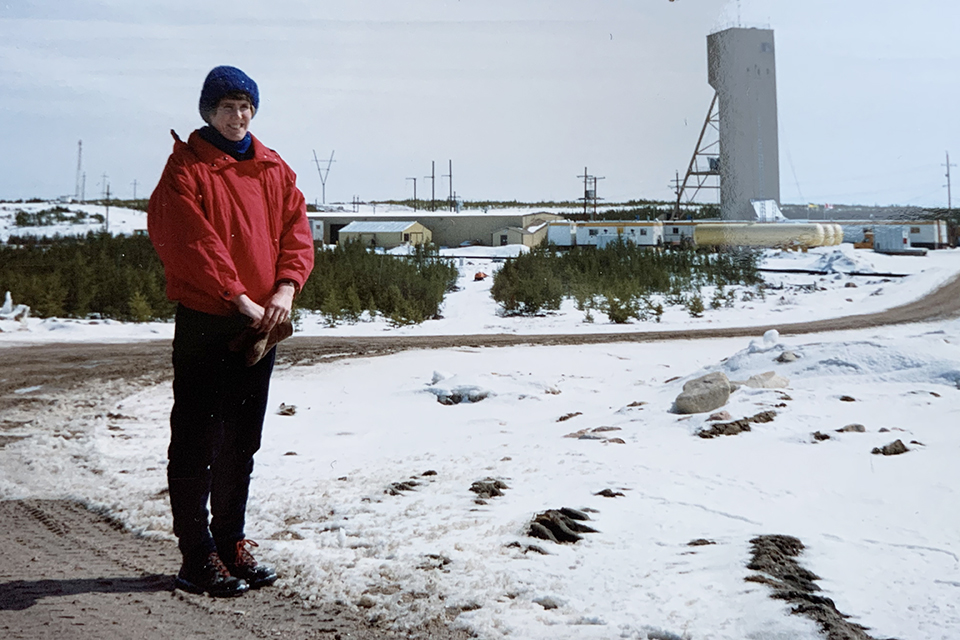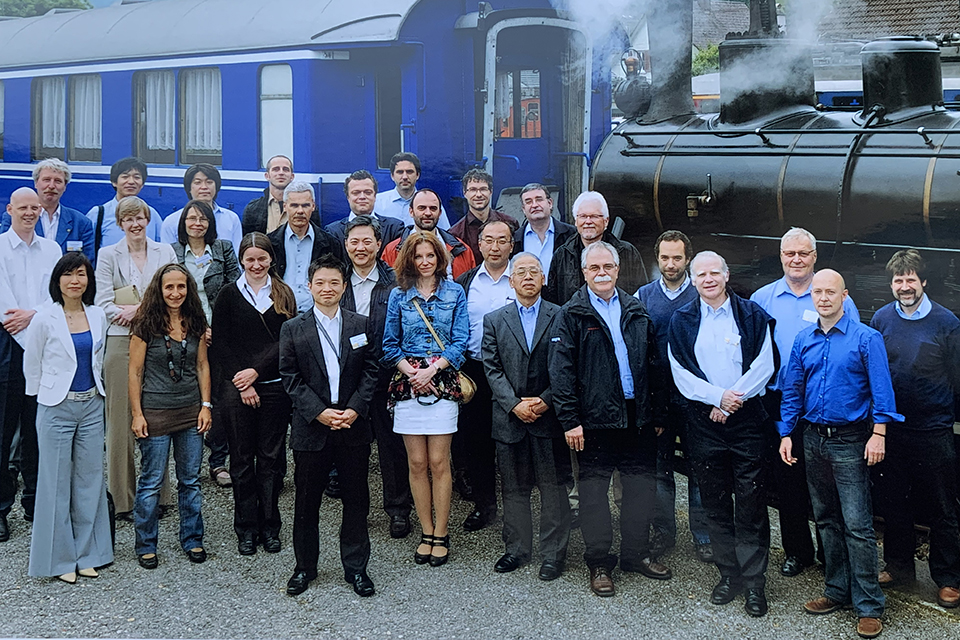I started as Chief Scientific Adviser for Radioactive Waste Management in 2011, but I first began working on the UK’s geological disposal programme when it was just starting in the mid-1980s. At the time, I was working in computer programming, and the UK Atomic Energy Authority (UKAEA) was setting up a research group on geological disposal.
I think the earliest paper on geological disposal was from the US Academy of Sciences back in the mid-1950s. At that time, most of the focus in the nuclear field was on power generation or weapons manufacture – it was the height of the Cold War, after all. Little attention was given to the long-term management of the resulting waste.
The thing that really highlighted it as a serious issue was a paper written by the Royal Commission on Environmental Pollution in 1976. It’s usually known as the Flowers Report, after its chair, Sir Brian Flowers. It highlighted the need to manage the waste and said that it would be irresponsible to commit to a significant expansion of nuclear power generation until it had been demonstrated beyond doubt that the waste could be dealt with. It proposed geological disposal as an acceptable way of managing waste for the long term.
Working from home
I got into radioactive waste disposal through a chance encounter at a mother and toddler group (I have four children). I met a lady there whose husband was setting up the UKAEA research group and was looking for people with computing skills. He was a real trailblazer in the 1980s because he was happy to take me on part-time and he supported flexible working.

They set me up with a computer at home that connected to the mainframe at Harwell – the UK’s first atomic energy research establishment – via a telephone connection with a transmission speed of 110 bits per second. My eldest son, who was a year old at the time, quickly worked out that the way to get Mummy’s attention was to hit the bottom left hand side of the keyboard – which pressed Ctrl-Z, and disconnected the line.
Much of my early work involved modelling how radioactive material could potentially work its way back to the surface environment, over a very long period of time, from a disposal facility deep underground. As the programme took off, my responsibilities got wider.

Safeguarding for the next generation
Being involved in a project that’s going to make a difference has been really important to me. Nuclear waste exists, and we need to manage it for ourselves and for future generations. It’s a complex problem, which involves thinking about things on the microscopic scale and understanding how entire geological regions will change over hundreds of thousands of years. That’s what makes the job so interesting.

Various other methods of waste disposal have been put forward over the years, but geological disposal is the only solution we can implement now. In enables us to take moral responsibility, guaranteeing safety for the long term without exposing future generations to the ongoing hazards and risks of active waste management. Once this waste has been disposed of underground and the facility has been sealed, it will remain safe without ongoing intervention.

My generation, those of us who entered this field in the 1980s, as geological disposal programmes started to grow around the world, is starting to reach retirement. Across the world, there’s a big effort to pass the baton to the next generation. I work closely with my colleague Robert Winsley, Senior Scientific Adviser for RWM, to ensure that’s the case.
I've actually passed the age where I could have retired. But I enjoy what I'm doing too much.
1 comment
Comment by Caroline Hope posted on
I am glad to hear that this is a matter which needs immediate attention. Neglicting to do this is totally unacceptable.